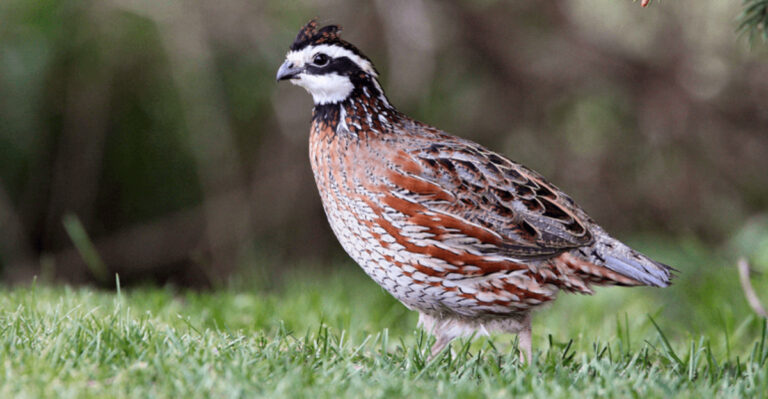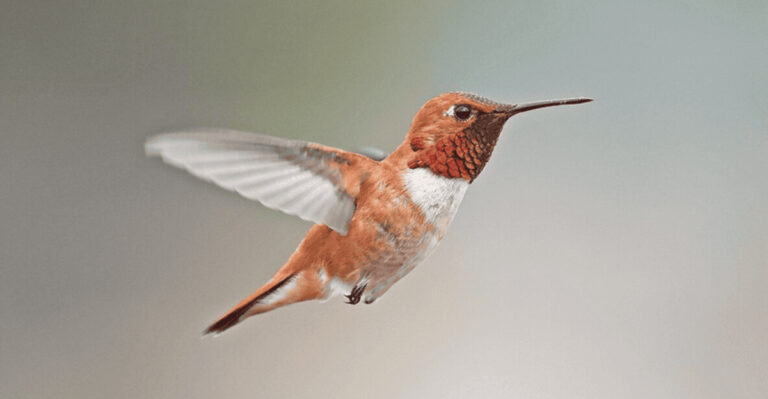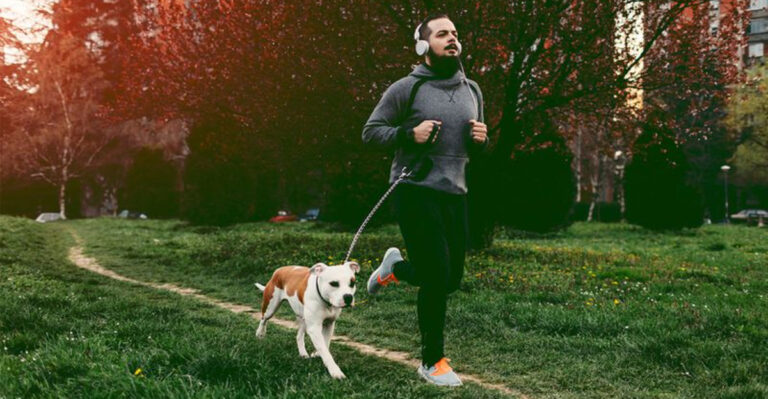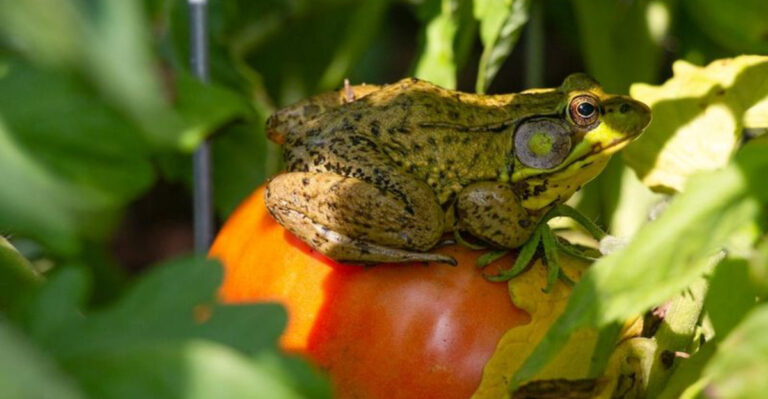12 Dangerous Animals In The World Ranked By Human Fatalities
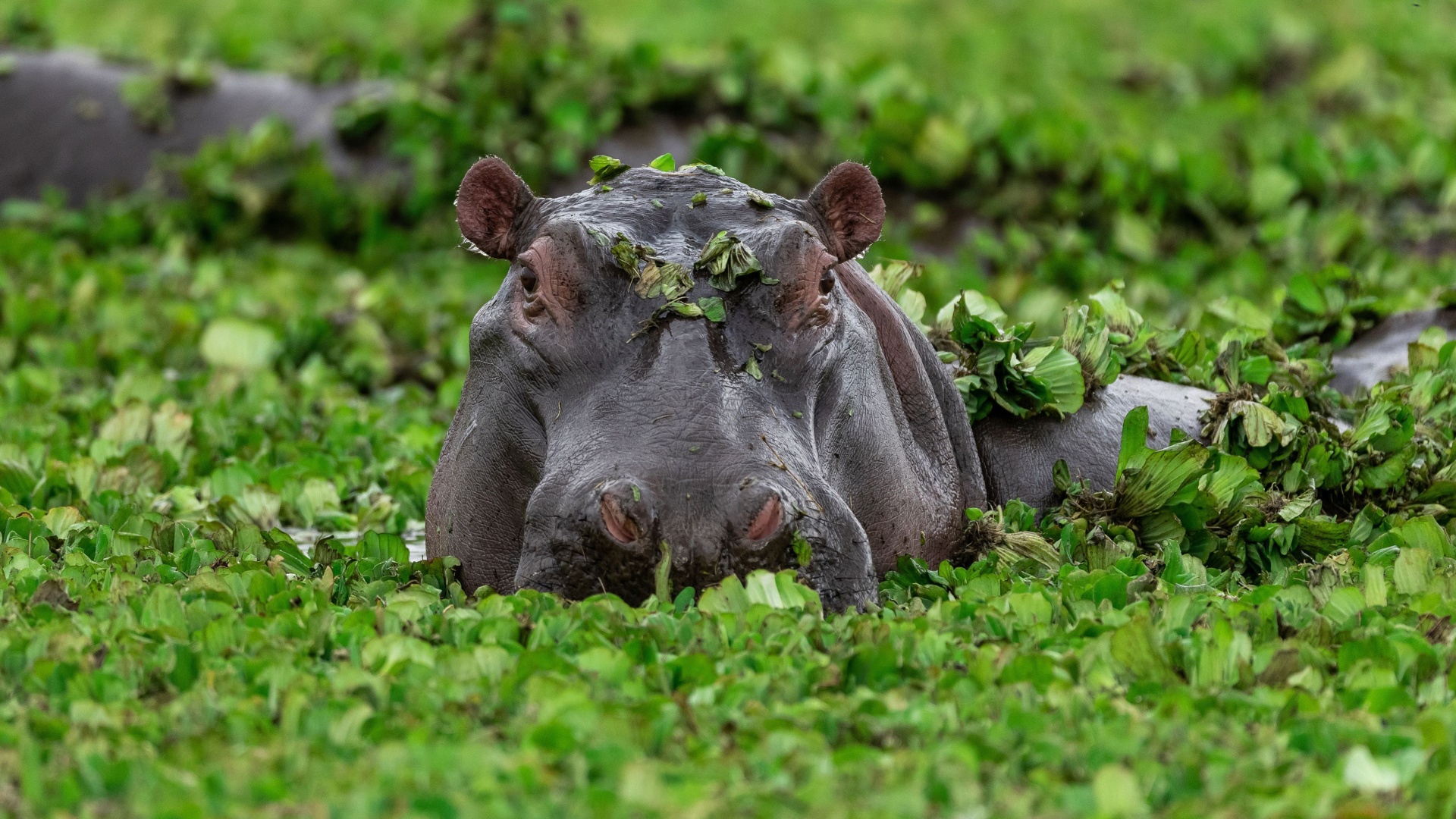
Exploring the world of wildlife can be both fascinating and frightening. While some of these creatures are fearsome predators, others may surprise you due to their small size and seemingly innocuous nature.
Join us as we explore these formidable animals and learn how to stay safe while appreciating the diversity of our planet’s wildlife. These creatures, varying from the unexpected to the notorious, remind us of the powerful forces of nature.
1. Mosquitoes
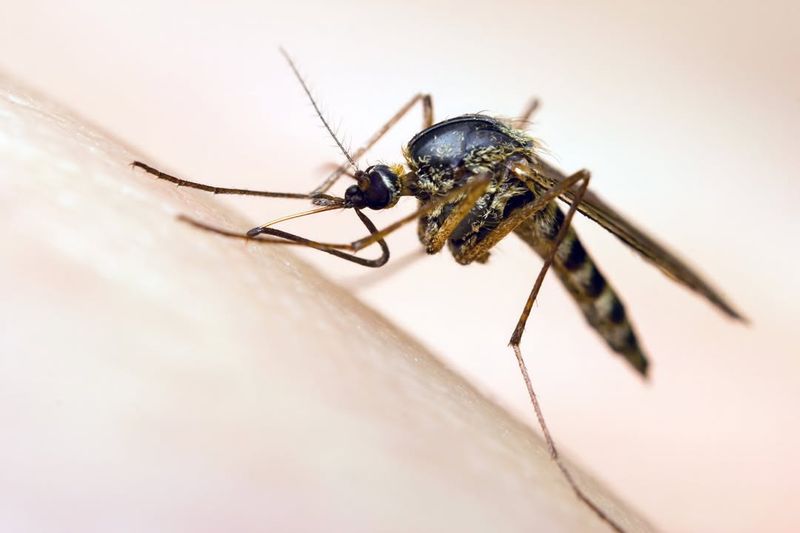
Mosquitoes may be tiny, but in this case they are the most dangerous animals on the planet, responsible for over one million human fatalities each year. These small insects are carriers of lethal diseases such as malaria, dengue fever, and Zika virus.
Their impact is most significant in tropical and subtropical regions. Mosquitoes breed in stagnant water, making areas with poor drainage more vulnerable.
Preventing mosquito bites is crucial, and using insect repellent and mosquito nets can help. Vaccines for some mosquito-borne diseases are in development, offering hope for reducing their impact. Staying informed about these diseases is essential.
2. Humans
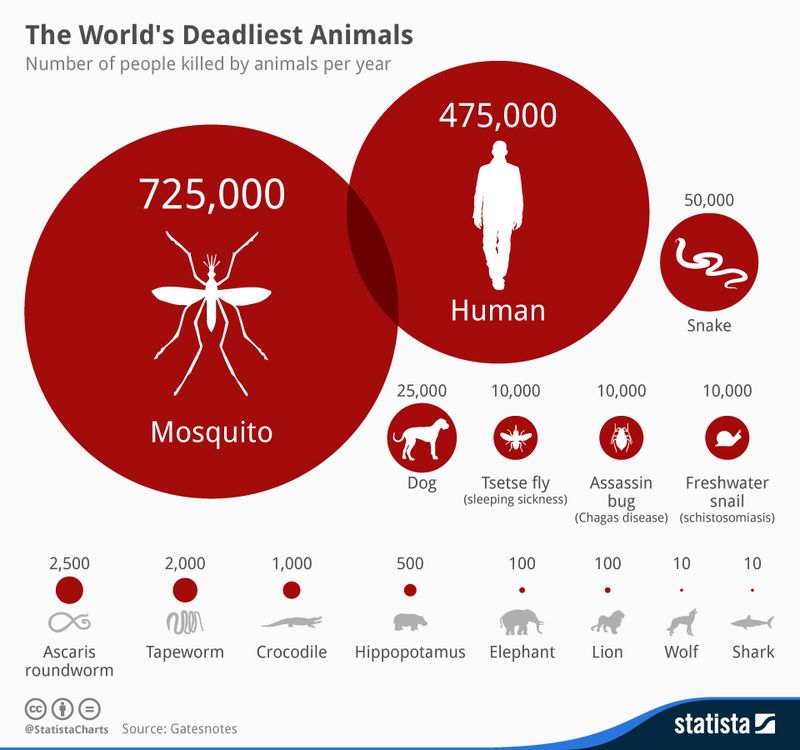
Humans rank second on this list, responsible for acts of violence, war, and accidents that result in numerous fatalities. Human conflict, whether through organized warfare or interpersonal violence, contributes significantly to global mortality rates.
Accidents such as car crashes and industrial mishaps also account for many fatalities annually. While humans have the capacity for compassion and innovation, negative actions and decisions can lead to devastating outcomes.
Promoting peace and safety measures can mitigate these fatalities, emphasizing the importance of empathy and understanding in reducing harm.
3. Snakes
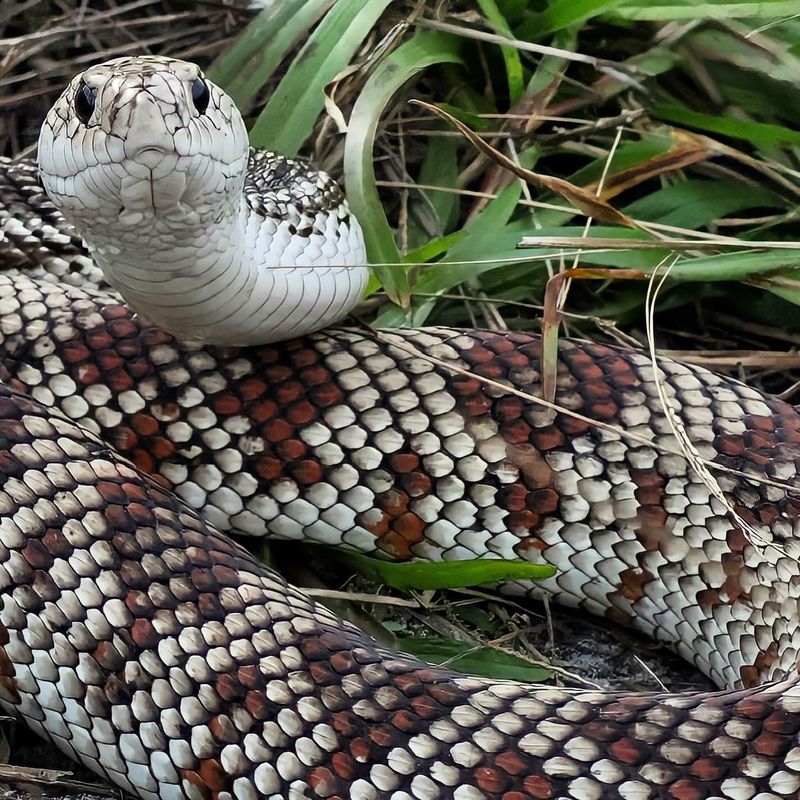
Snakes, especially venomous species like cobras and vipers, are responsible for tens of thousands of human fatalities each year. Found in various habitats, these reptiles are often feared for their potent venom, which can cause severe injury or end fatally if untreated.
Rural communities in Asia and Africa are particularly vulnerable due to limited access to medical facilities. Education on snake behavior and habitats can reduce encounters. Wearing protective clothing and footwear in high-risk areas is advised. If bitten, seeking immediate medical attention is crucial for survival.
4. Dogs

Man’s best friend can be dangerous, primarily due to rabies infections transmitted through bites. Rabies, a viral disease, causes tens of thousands of fatalities annually, mostly in Asia and Africa. Dogs are the primary carriers, though other mammals can transmit rabies too.
Vaccination of dogs and educating communities about rabies prevention are key to reducing fatalities. Avoiding stray animals and seeking immediate medical care if bitten are critical steps. Understanding the signs of rabies in animals can prevent tragic encounters and save lives.
5. Tsetse Flies
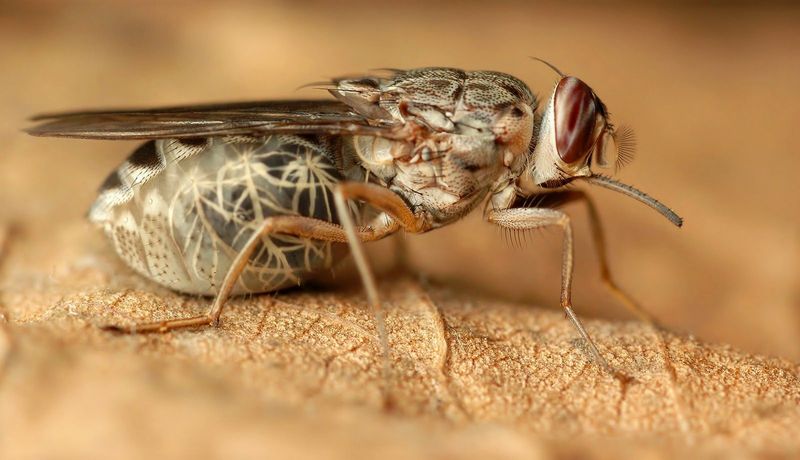
Tsetse flies, found in sub-Saharan Africa, are vectors for the fatal sleeping sickness (trypanosomiasis). This disease affects both humans and livestock, leading to severe health impacts and thousands of deaths annually.
The flies inhabit rural areas, making agricultural communities particularly at risk. Symptoms include fever, headaches, and joint pains, progressing to neurological issues if untreated.
Efforts to control tsetse fly populations and early diagnosis of the disease are vital in combating its spread. Personal protection and community awareness are essential.
6. Freshwater Snails
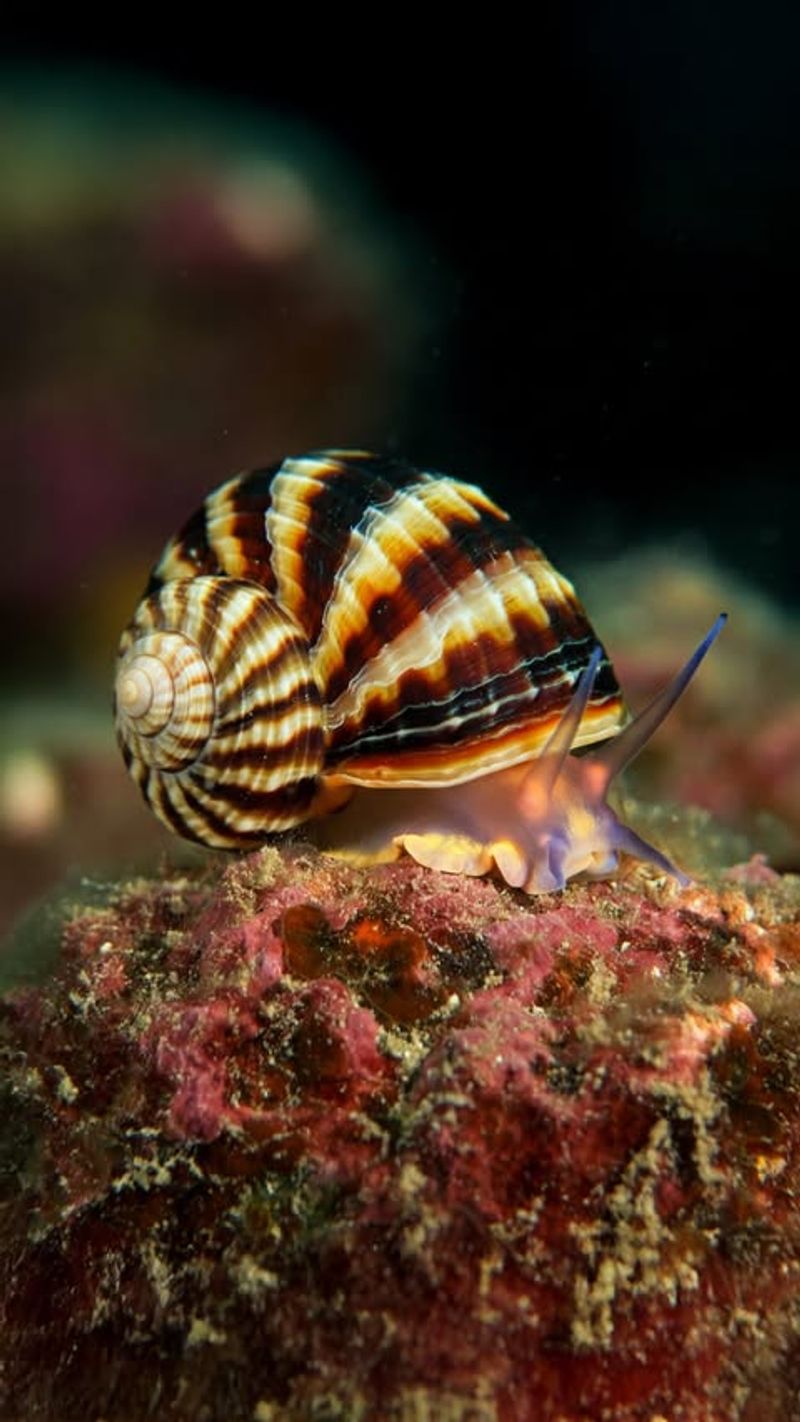
Freshwater snails are unexpectedly on this list, responsible for transmitting schistosomiasis, a parasitic disease affecting millions. Found in contaminated water, these snails release larvae that penetrate human skin. Symptoms include abdominal pain, diarrhea, and bloody urine.
Chronic infection can lead to serious organ damage and can be fatal. Schistosomiasis is prevalent in Africa, the Middle East, and some parts of South America and Asia. Avoiding swimming in contaminated water and improving sanitation are crucial prevention methods.
Treatment with medication is available, highlighting the importance of early medical intervention.
7. Assassin Bugs

Assassin bugs, or “kissing bugs,” are known for transmitting Chagas disease, a potentially fatal illness affecting millions in Latin America.
These nocturnal insects bite humans around the mouth, leaving parasites that cause the disease. Early symptoms include fever and swelling, but chronic infection can lead to heart and digestive system complications.
Rural and impoverished areas are most affected due to poor housing conditions. Improving living conditions and insect control are critical in reducing Chagas transmission. Public health initiatives play an essential role in combating this disease.
8. Scorpions
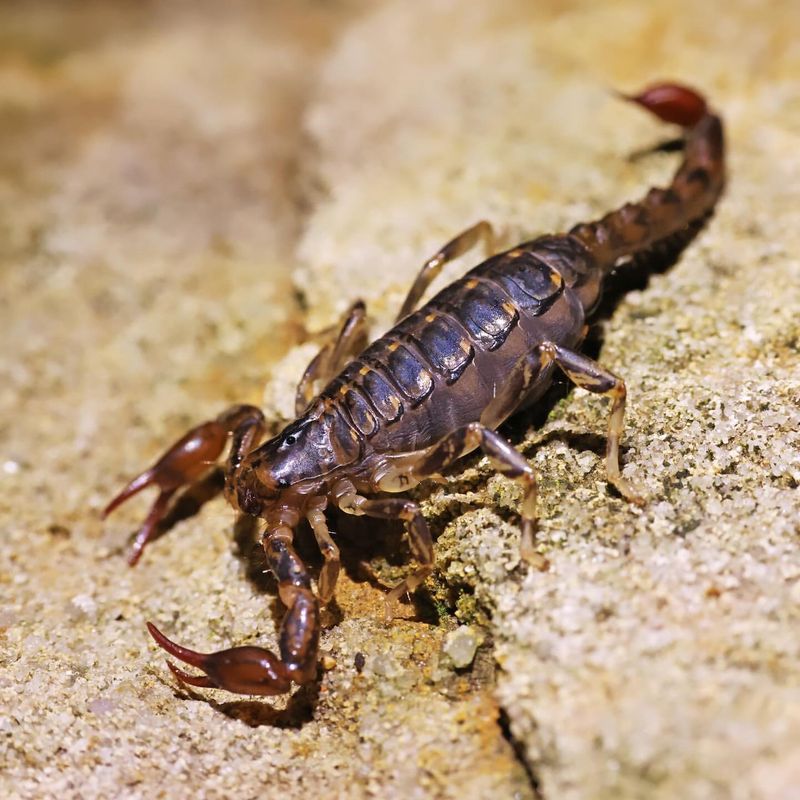
Scorpions, with their venomous sting, pose a significant threat in arid regions worldwide. Their stings can cause pain, paralysis, and sometimes end fatal, particularly in children and the elderly.
Thousands suffer from scorpion stings annually, with some regions in North Africa, the Middle East, and Latin America being hotspots. Awareness of scorpion habitats and behaviors can prevent stings. Using protective footwear and clothing can reduce encounters.
Access to antivenom and medical care is essential for survival, emphasizing the importance of health services in affected areas.
9. Elephants
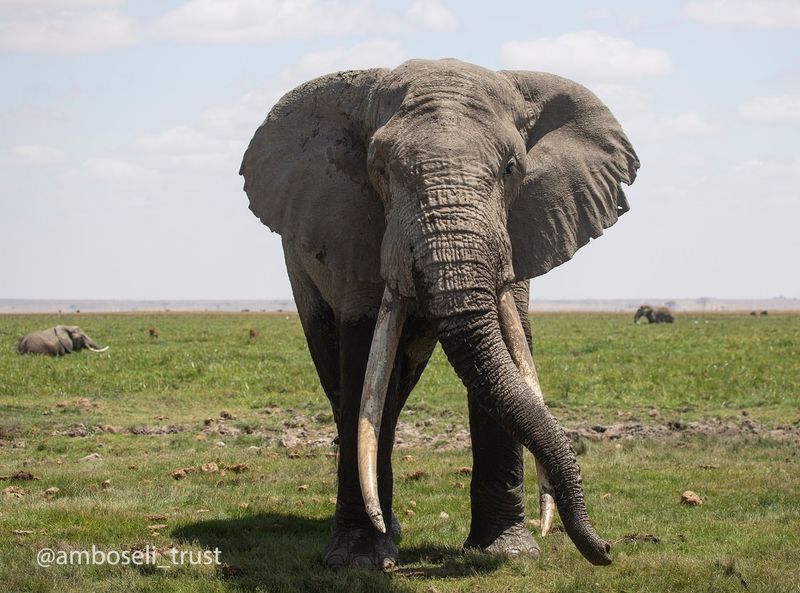
While elephants are often seen as gentle giants, they are responsible for hundreds of human fatalities each year. These powerful animals can become aggressive, particularly when threatened or during musth—a period of heightened testosterone in males.
Conflicts often arise in areas where human populations encroach on elephant habitats, leading to dangerous encounters.
Conservation efforts aim to mitigate these conflicts by preserving habitats and promoting coexistence. Understanding elephant behavior and respecting their space is crucial for both human and animal safety.
10. Hippopotamuses
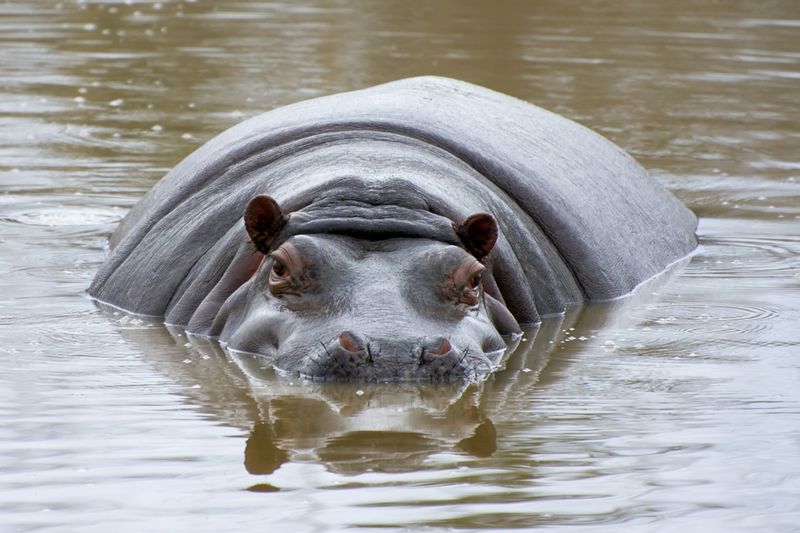
Hippopotamuses, despite their seemingly docile appearance, are one of Africa’s most dangerous animals. Responsible for hundreds of fatalities annually, these massive creatures are highly territorial and can be unpredictable.
They often attack boats and humans encroaching on their territory in rivers and lakes. Weighing up to 3,000 pounds, their size and strength make them formidable adversaries.
Staying at safe distance from hippos and respecting their habitats can prevent fatal encounters. Awareness and education are key to coexisting with these powerful animals.
11. Box Jellyfish
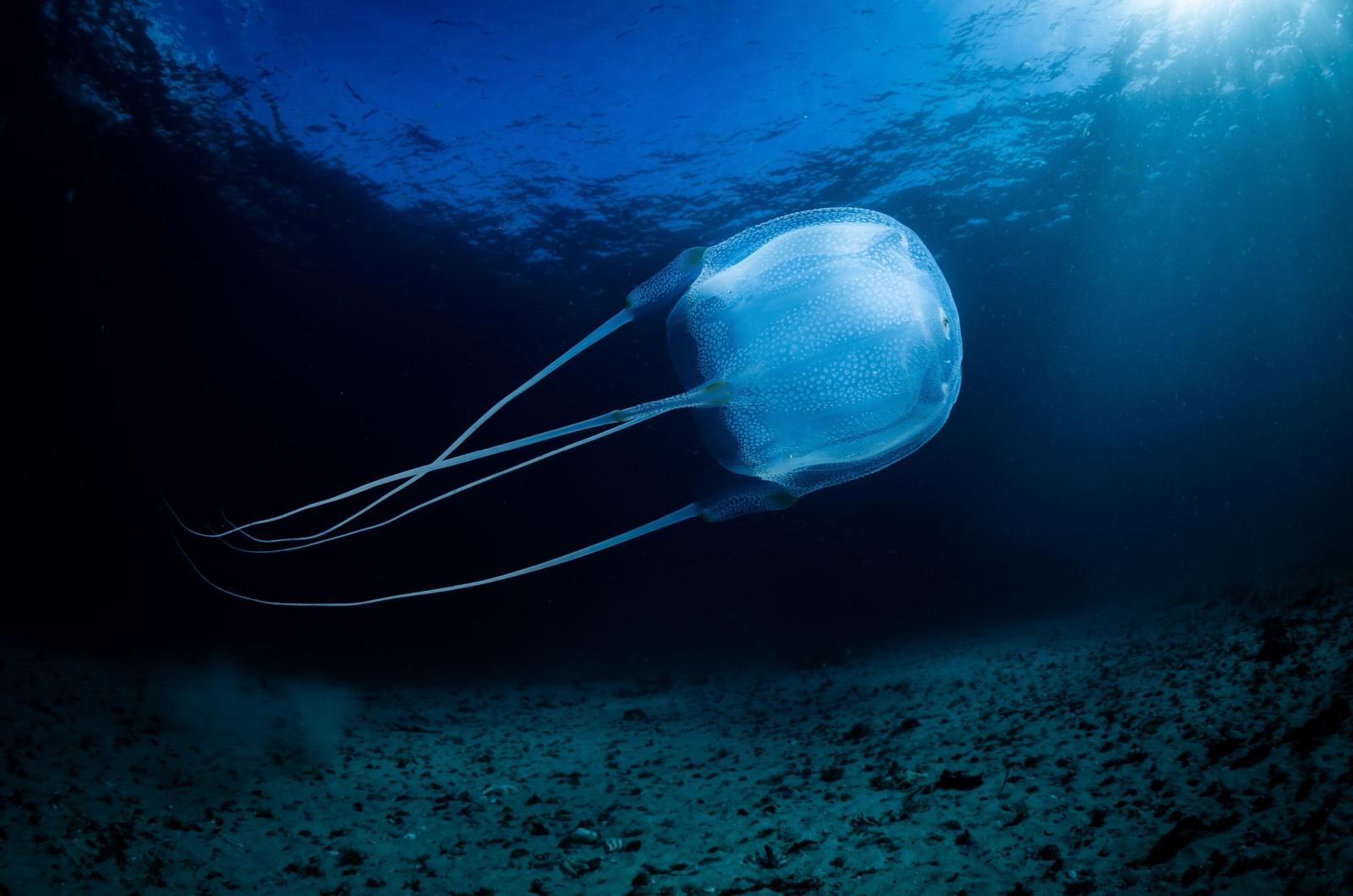
Credit: Shutterstock
The box jellyfish, found primarily in the Indo-Pacific region, is one of the most dangerous marine creatures on Earth.
Its venom, delivered through tentacles that can reach up to 10 feet long, contains toxins that attack the heart, nervous system, and skin cells. Even minimal contact with these tentacles can cause excruciating pain, paralysis, and cardiac arrest in humans.
Box jellyfish are responsible for approximately 50 to 100 human fatalities annually, with many victims succumbing to the venom before reaching medical help. Their near-transparent bodies make them difficult to spot in the water, adding to the threat they pose to swimmers and divers.
12. Lions
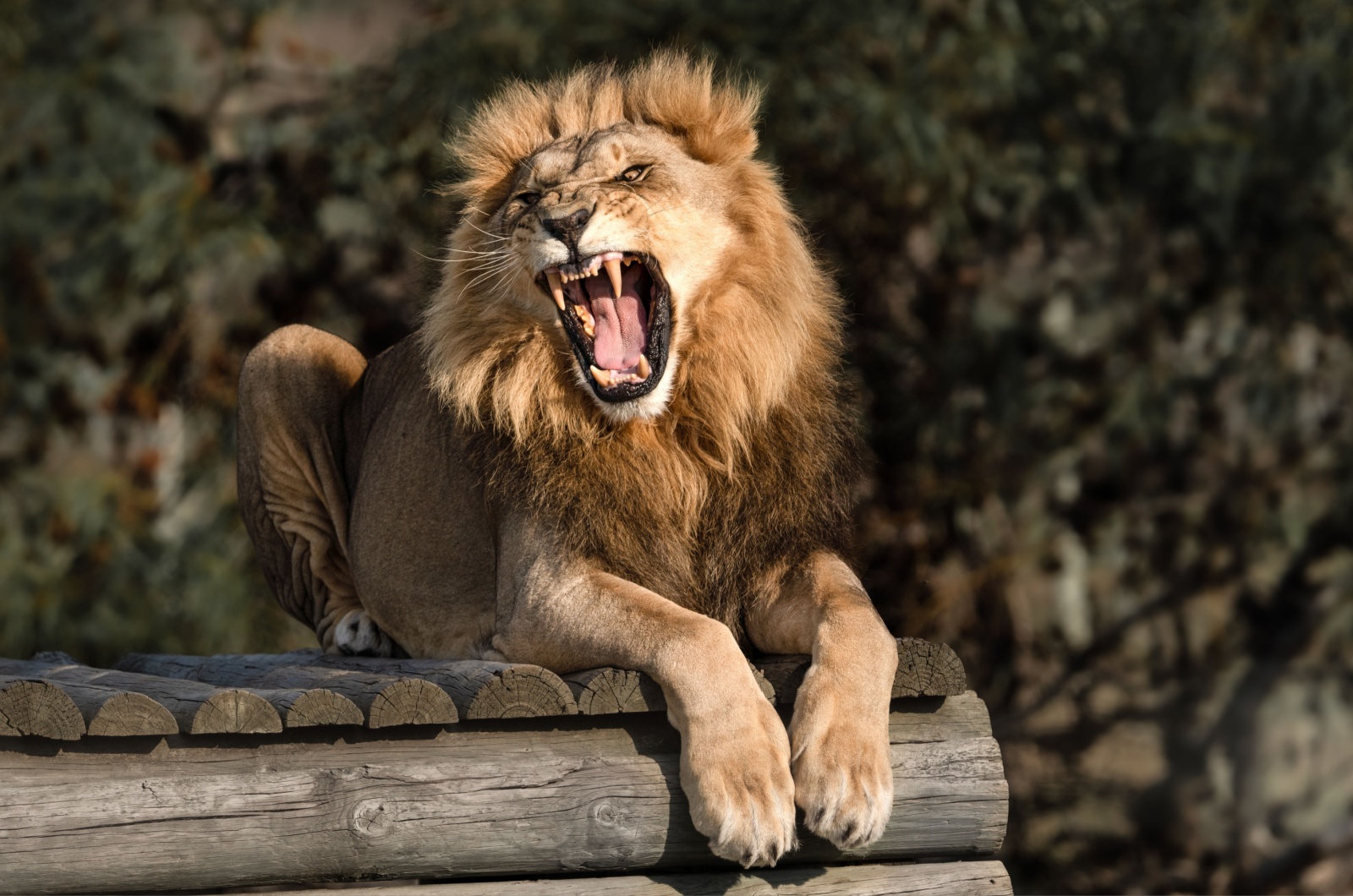
Credit: Shutterstock
Known as the “king of the jungle,” lions are apex predators capable of overpowering large prey—and, on rare occasions, humans.
While they typically avoid human interaction, incidents occur, particularly in areas where their habitats overlap with human settlements. Lions are responsible for approximately 200 human fatalities each year, with most attacks occurring in sub-Saharan Africa.
Their powerful jaws, sharp claws, and immense strength make them formidable hunters. In some cases, injured or older lions become man-eaters, targeting humans as an easier food source. These occurrences highlight the balance between respecting wildlife and managing human-wildlife conflicts.

